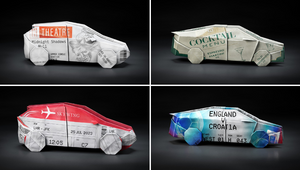
The Marriage of Art and Science
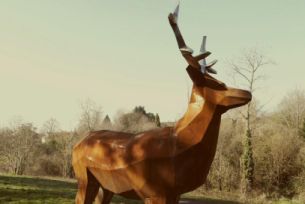
With the recent Turner Prize exhibition, the traditional debate over what constitutes art seems clearly set. Something is either art or it isn’t; defining what is or is not art is much like expressing a preference or aversion to Marmite. Pushing traditional creative boundaries has always been the mainstay of the Turner prize, and the stimulating debate has always thrust art and artists to the forefront.
Yet with a technical artist, the boundary is not always so clearly defined. I have spent much time thinking about how art and science co-exist. As a Technical Director, I often approach things with a toolset that resembles mathematics and physics more than fine art. Society creates a distinction between art and science, yet the CG Industry has turned this notion around by consciously using science as a tool in the artistic process.
Exploring creative boundaries in the CG industry often means discovering technical challenges. As technology becomes more sophisticated, so does the will to use it to realise things that were previously difficult or impossible. Yet it’s important to recognise the artistic foundations to a technical task. To use the adage “there’s no point using technology just for technology’s sake,” the desire to embrace a new approach meant the artistic and technical crossover was sometimes missed.
Art and science can work together to be more than the sum of their individual parts. Last year I was contacted by sculptor Andy Hazell- he wanted to make a deer from metal and he wanted it to be triangulated - a continuous form made from individual shapes. That, and it also needed to be 10 feet tall and welded together using Corten steel. To do this in a traditional manner would have taken many cups of tea and trial-and-error to conceive, and would have evolved over a considerable amount of time. Andy wanted to figure out a solution to help visualise this, as trial-and-error at this scale is an expensive proposition.
I made the initial model of the deer in 3D and worked with Andy to refine the shape and pose to make it look as he wanted. It was important to understand the limitations of a physical build. In CGI, you’d think nothing about using thousands, even tens of thousands of polygons in a model. In a model like this, every polygon needed to describe a planar direction, so had to be considered carefully.
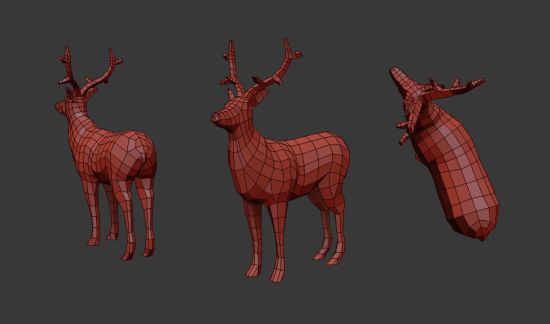
A low poly workflow was something enforced in the early days of 3D; hardware limitations prevented the kind of content we take for granted nowadays. It’s an interesting discipline to revisit, as I started to consider the economy of the form in the same way a traditional sculptor would create a planar version of a clay sculpture to describe form in clay before refining the details.
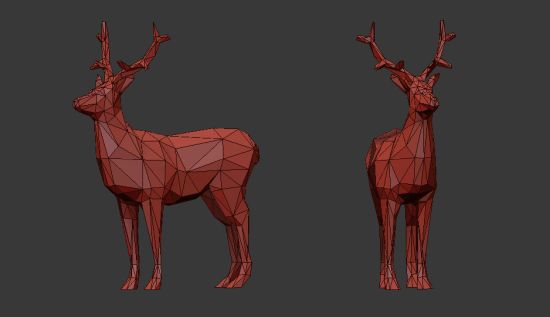
Triangular-faced 3D workflows have disappeared since subdivision and polygon modelling became popular. However, in this case, the stylistic need for a certain shape to the panels became evident and this look was accentuated in the final sculpture.
Once resolved, we exported the model to OBJ -- a mesh interchange format that allows 3D shapes to be loaded into different applications. The next stage used a program called Pepakura to visualise the model as a flat layout. Pepakura is actually used to make paper models, but if you extrapolate this out, you can easily substitute the idea of paper for steel plate. What Pepakura does amazingly is unfold a 3D model into flat sections, allowing you to specify seams and zones to create an ordered layout.
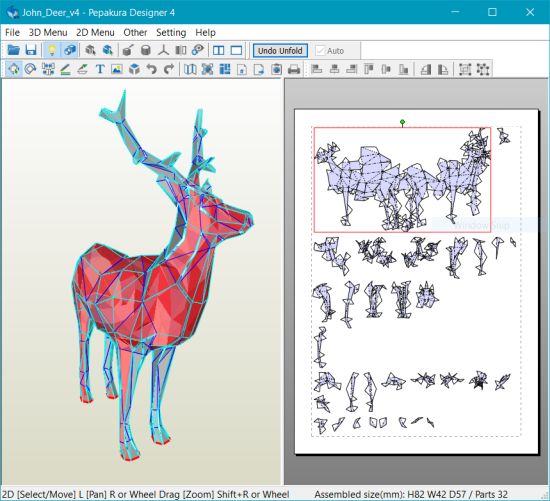
It was a fast process to get to the stage where the model was arranged into a logical pattern to be laser cut. You can see that even with a low poly model (under 1000 triangles) it’s quite a daunting constructional prospect.

Then came the arduous task of assembling the pieces. Whilst a paper model would be fiddly at best, with steel you would be working with the physicality of the medium too. As a 3D artist, I tend to get frustrated if computers crash… at least you can hit a lump of metal when things don’t go your way.
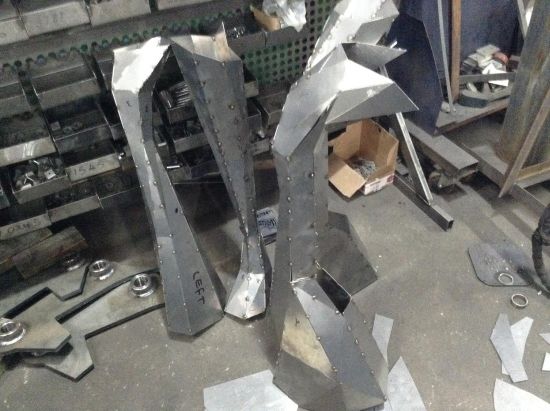
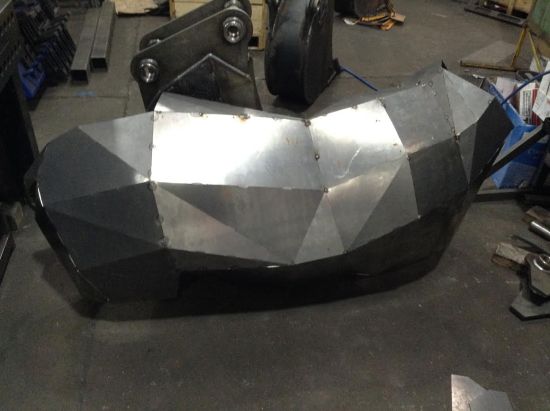
There is a consideration that is often missed in 3D (as it isn’t something that affects models in an artificial universe), and this is gravity. Our 3D environment can switch between a centimetre and a kilometre with a click of a button. How an object sits with its environment is based on aesthetic integration, rather than a physical size and form. Therefore, 3D artists tend not to consider the physicality of an object and its connection to the floor. It’s an interesting consideration, especially with the rise of technologies like 3D printers. There is actually a company that has developed software to calculate the physics affecting a 3D model and simulate the weight distribution. It’s designed to facilitate the process making a 3D printed model stand up on its own. With a 3D model, this is a largely a question of pride, but when you have a 10-foot metal deer, you’d better hope it is not going to topple over.

Here was the result, in its final home.
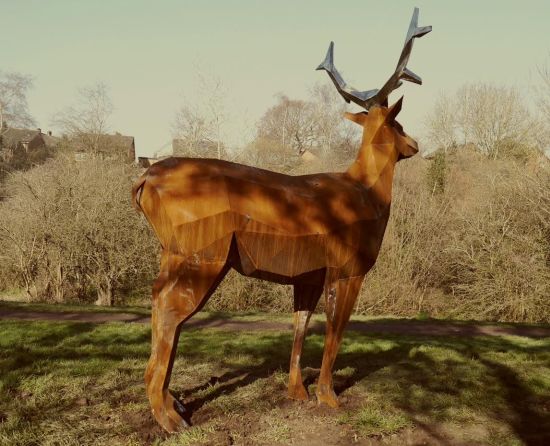
This project allowed science and art to work in tandem. Sometimes the contribution of a technical process isn’t always obvious from the end product - a small piece of code that avoids hours of trial and error or repetition can be silently absorbed into the process. It goes without saying that Andy’s technical skill in realising the complex alignment of the model in reality is a testament to his artistic prowess. Yet this project was a perfect example of how art and science unify to make more than a sum of the two halves. For someone like me, who graduated many years ago with a degree in Sculpture, it shows that you do not have to reject one side to achieve the other.
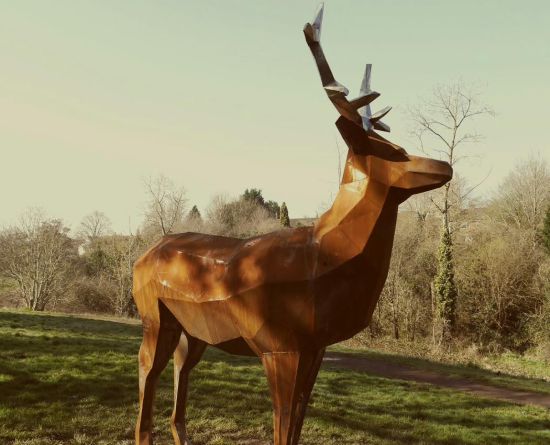
Pete Addington is Head of 3D and Technology at Taylor James








